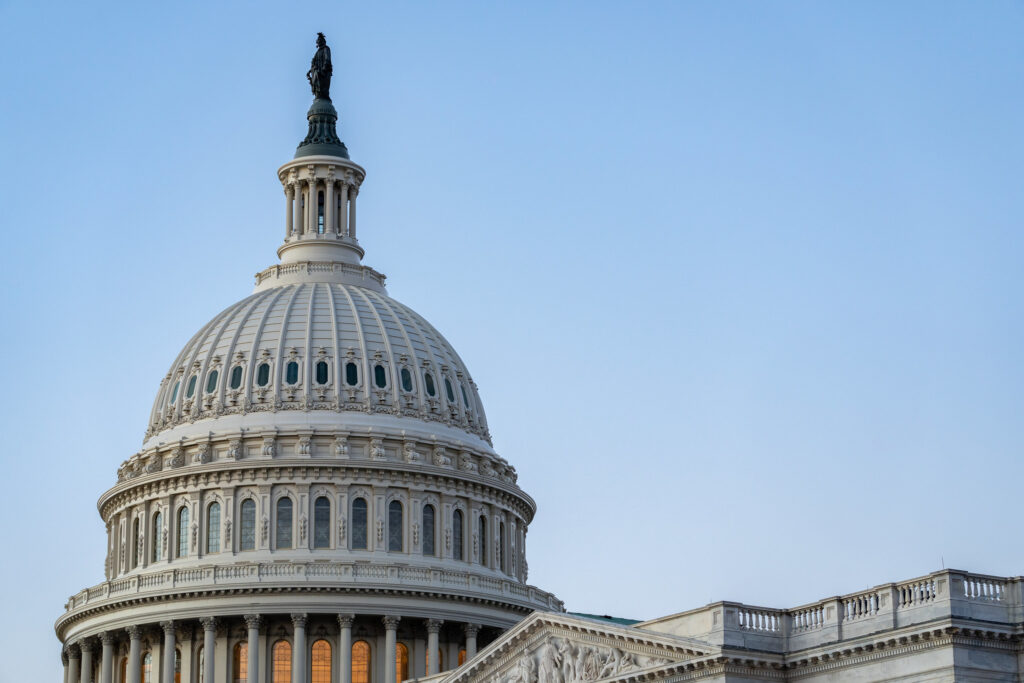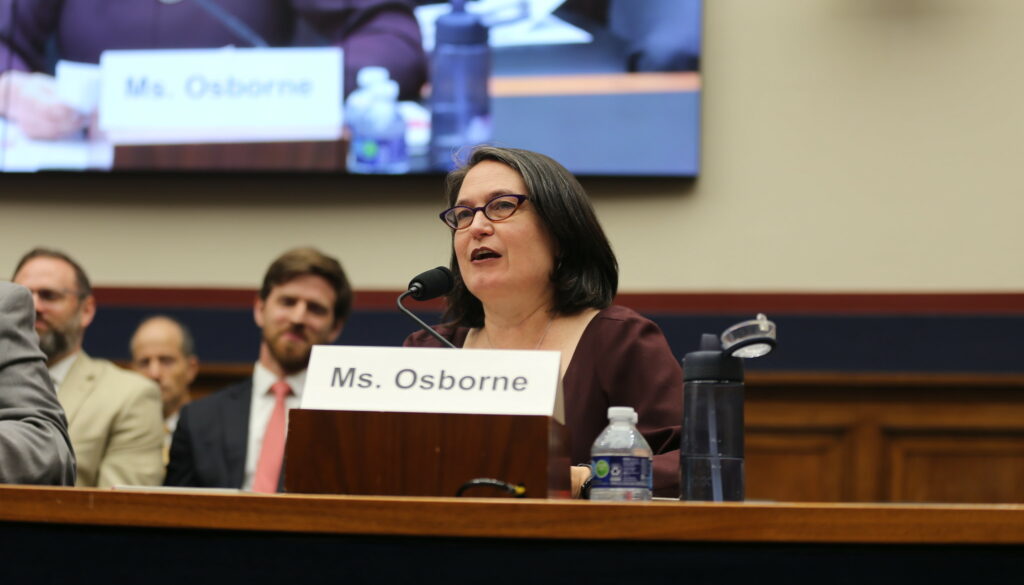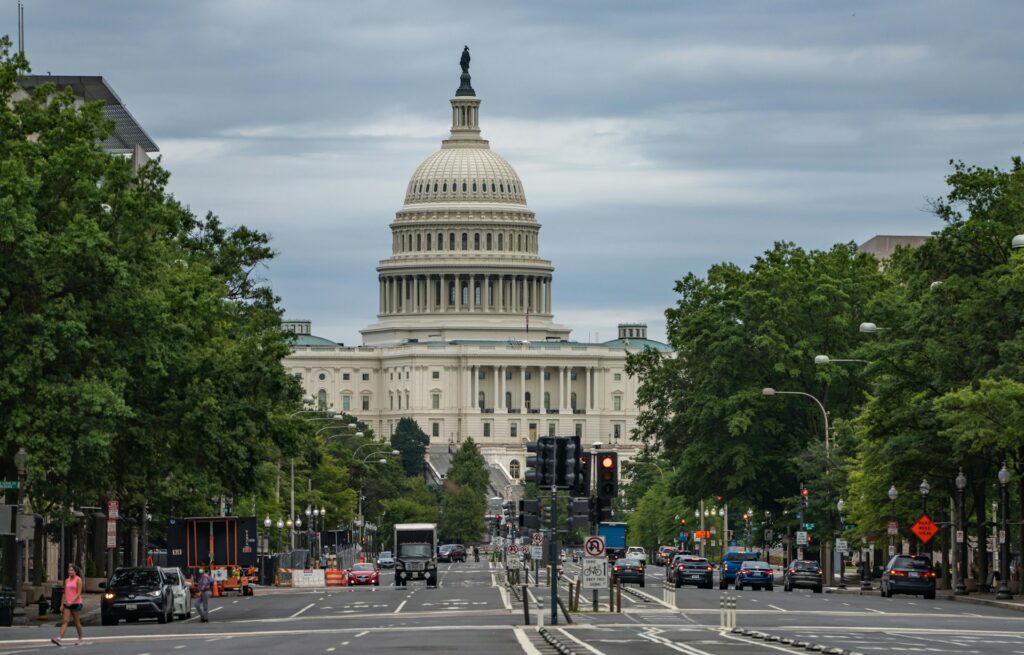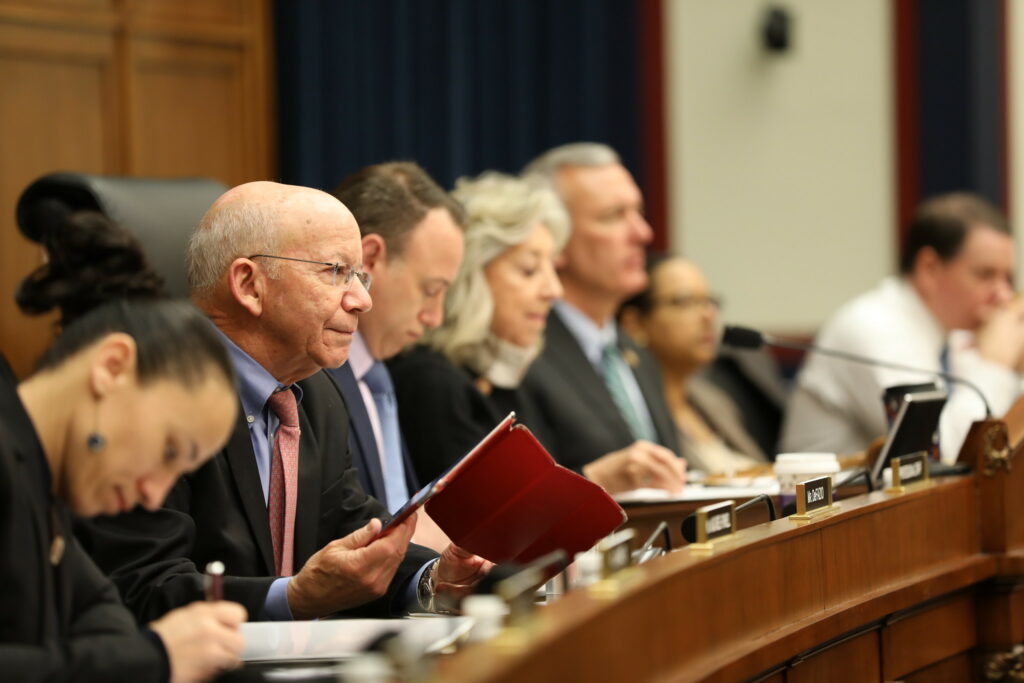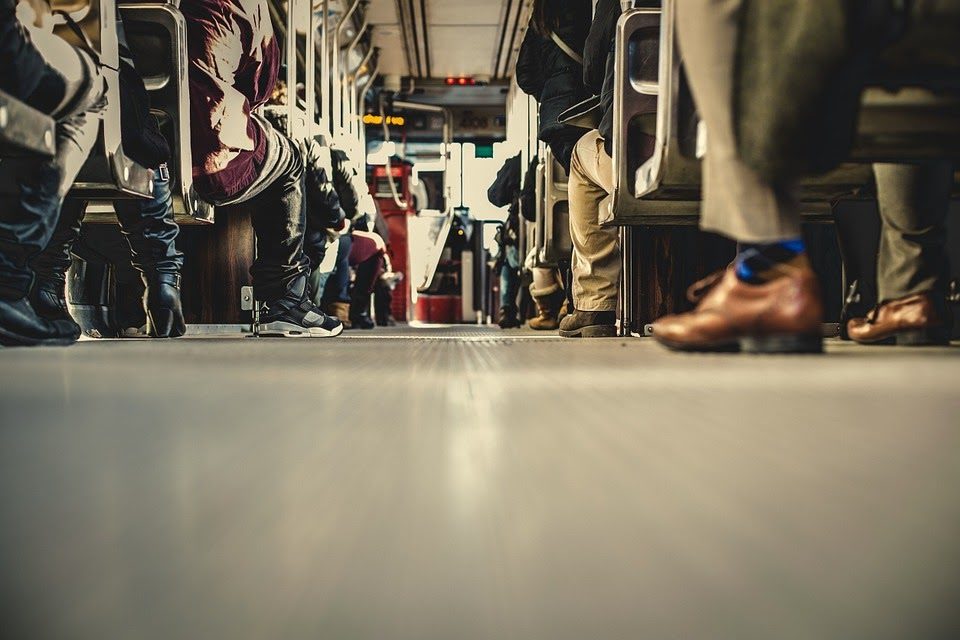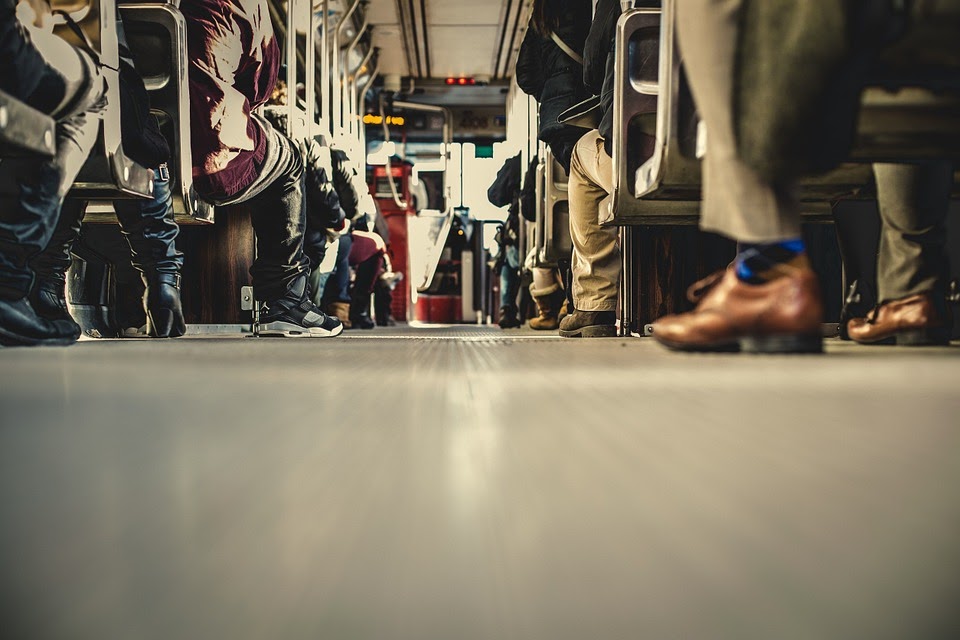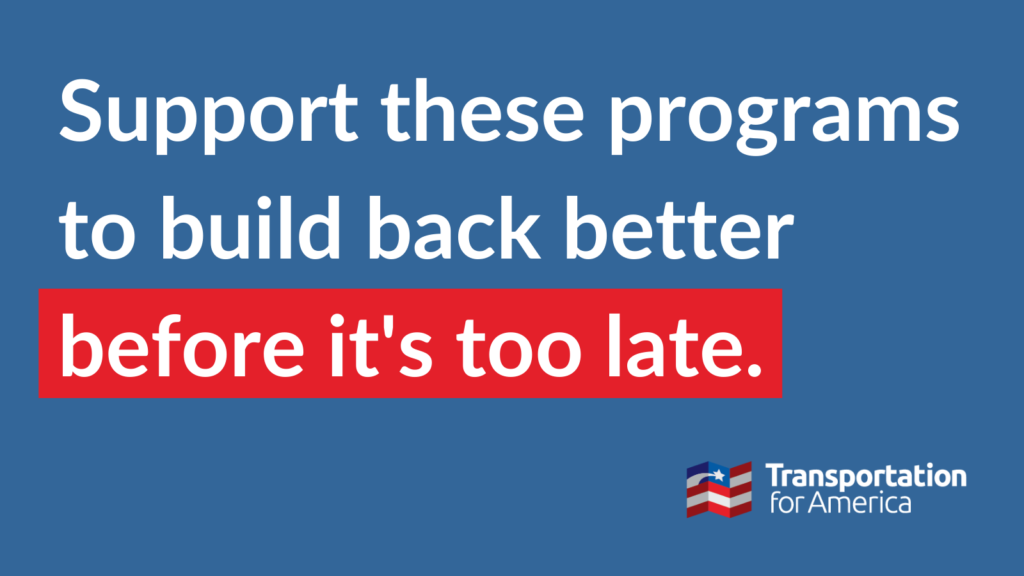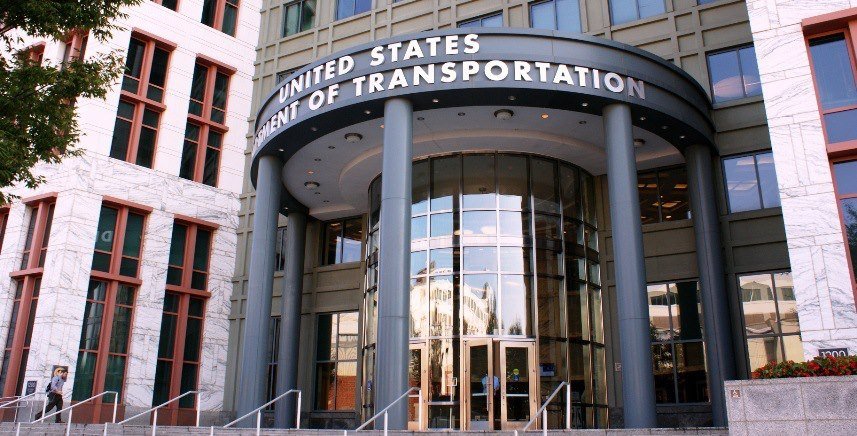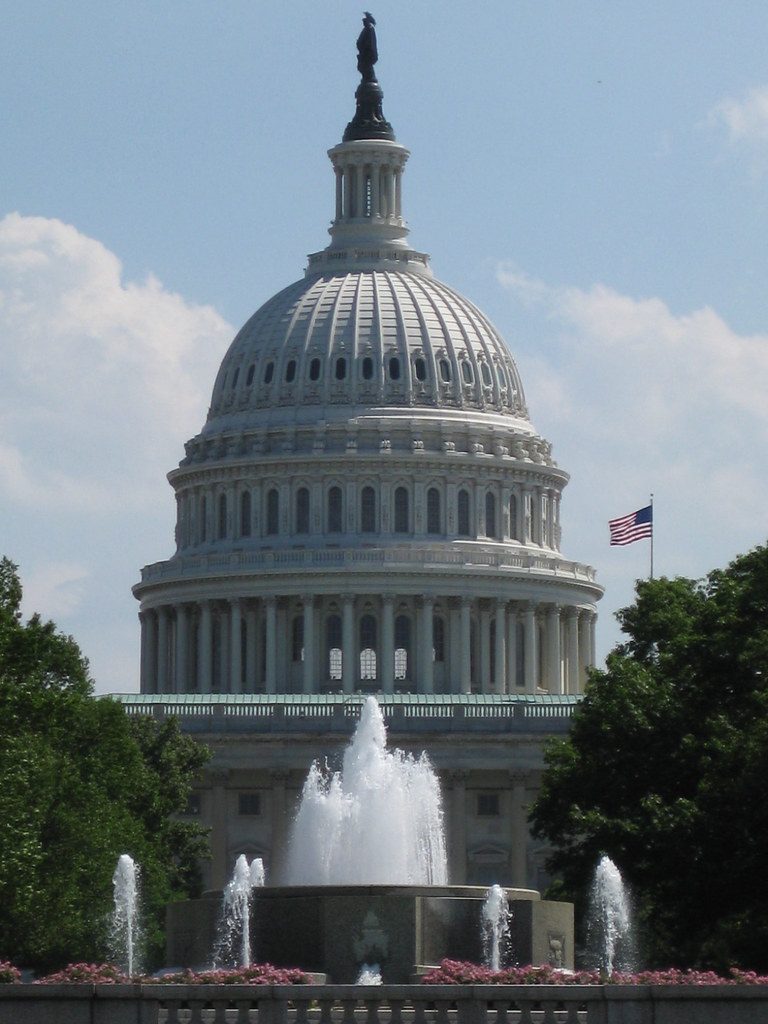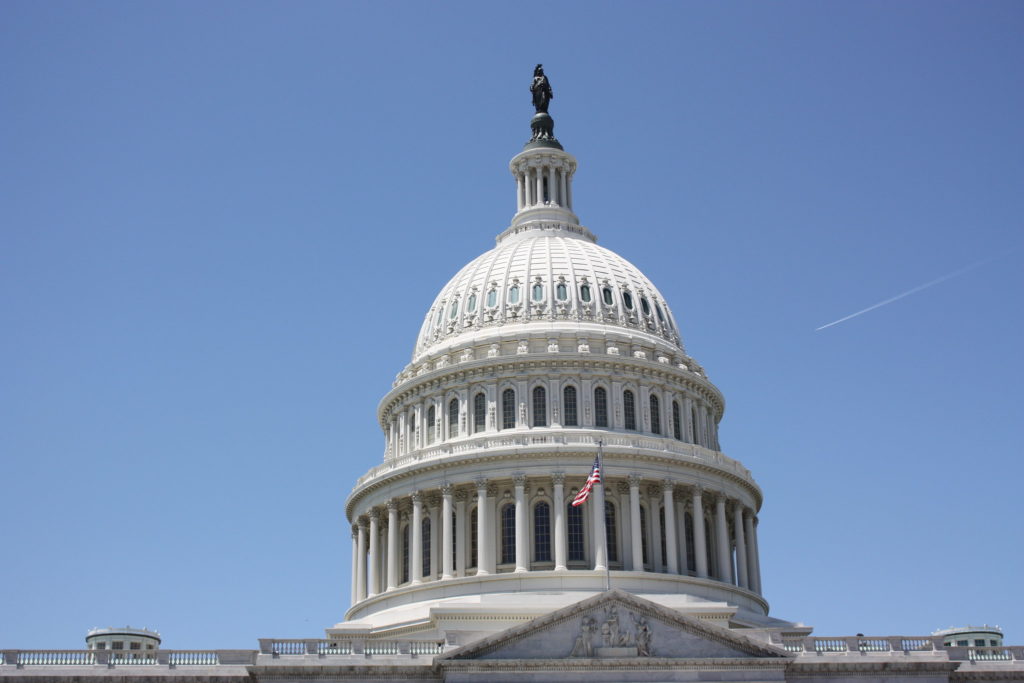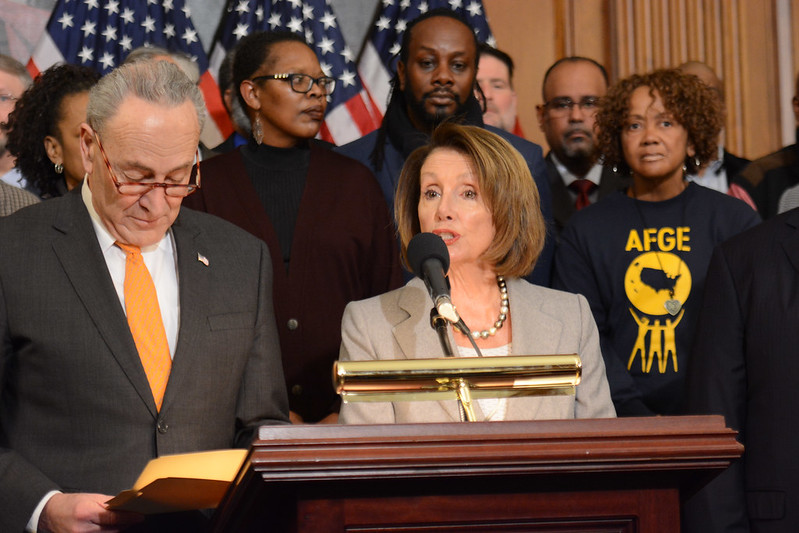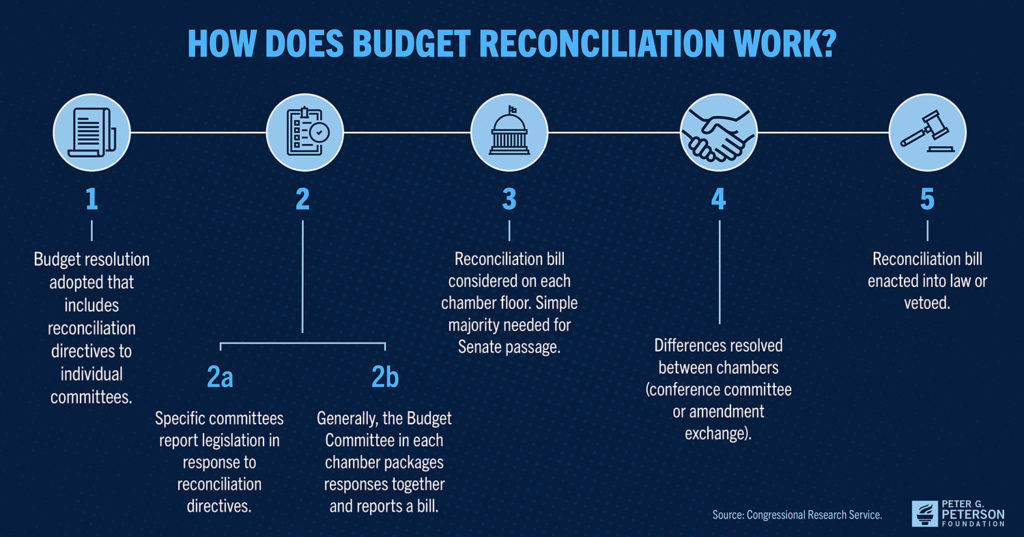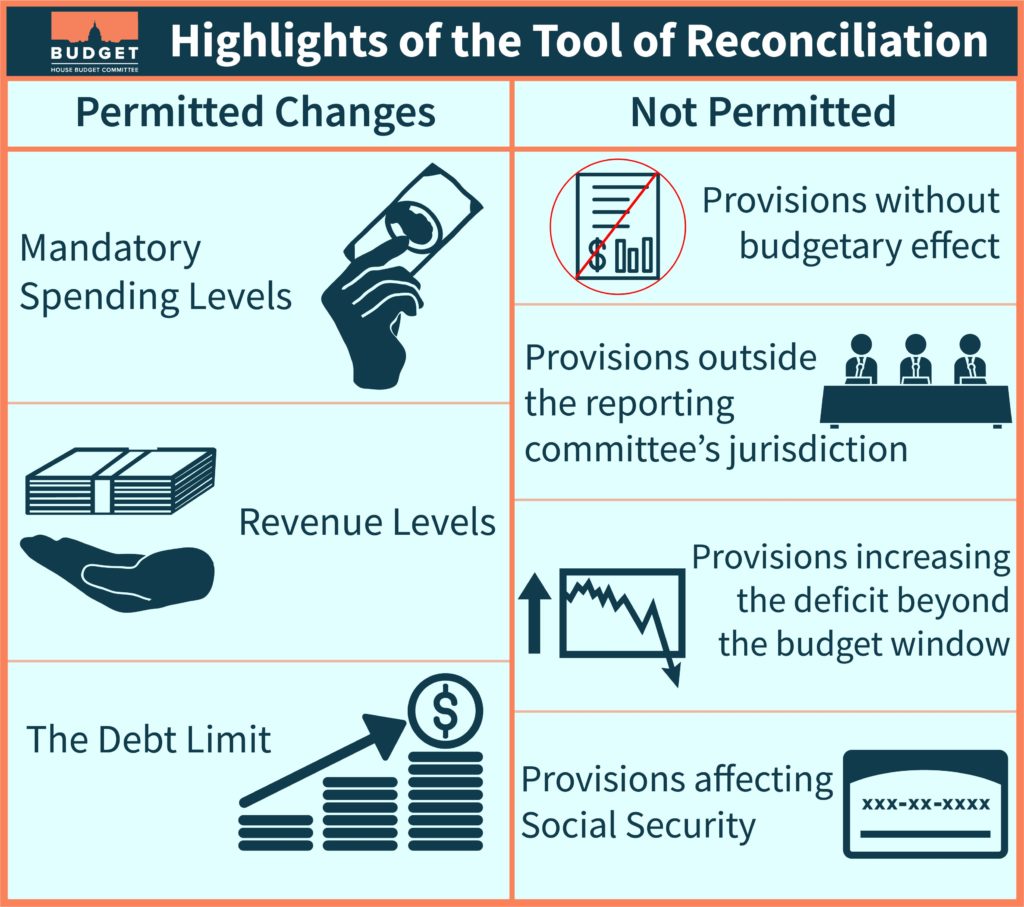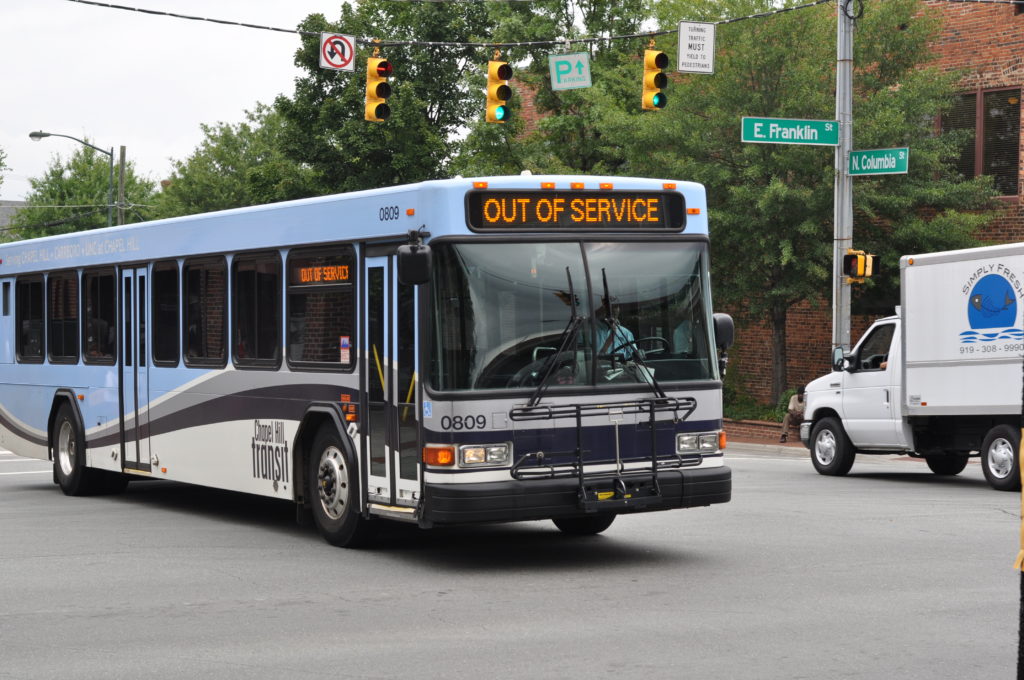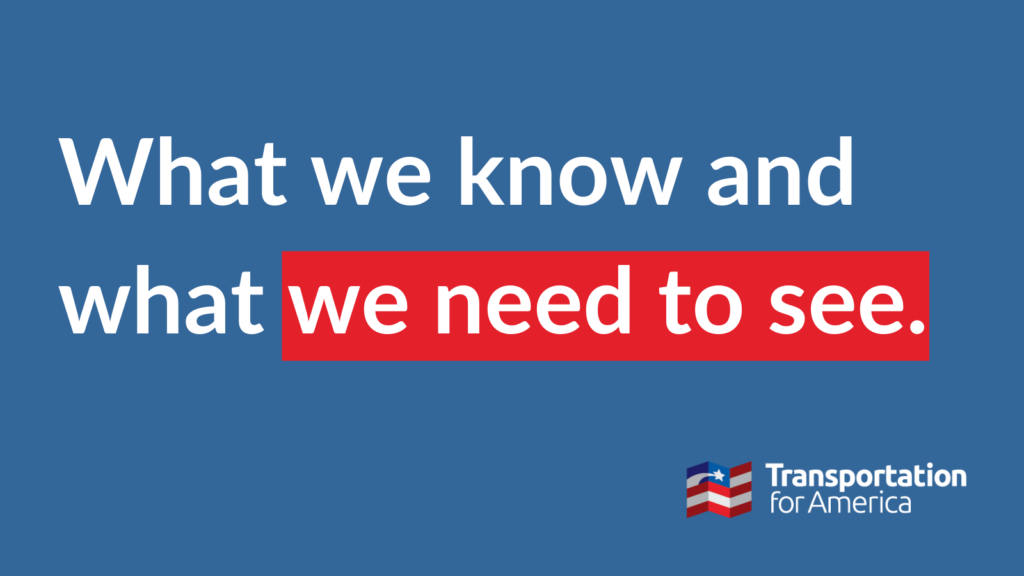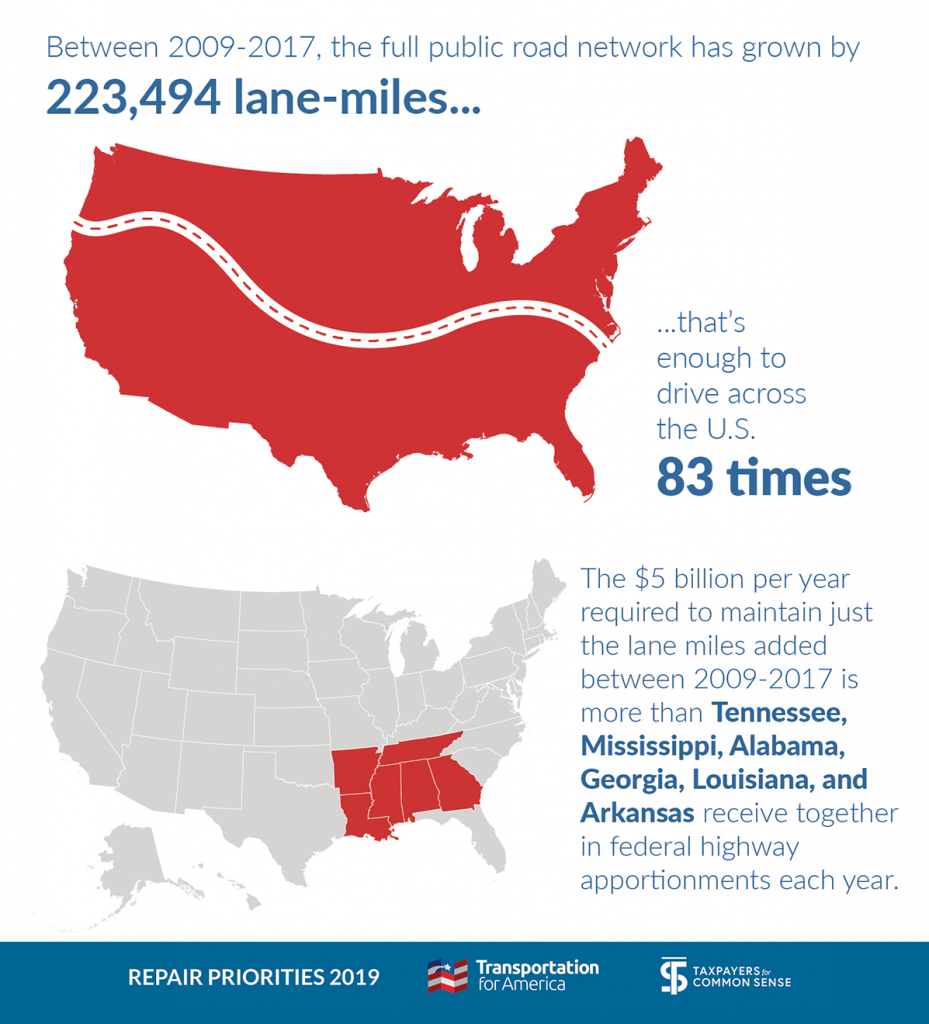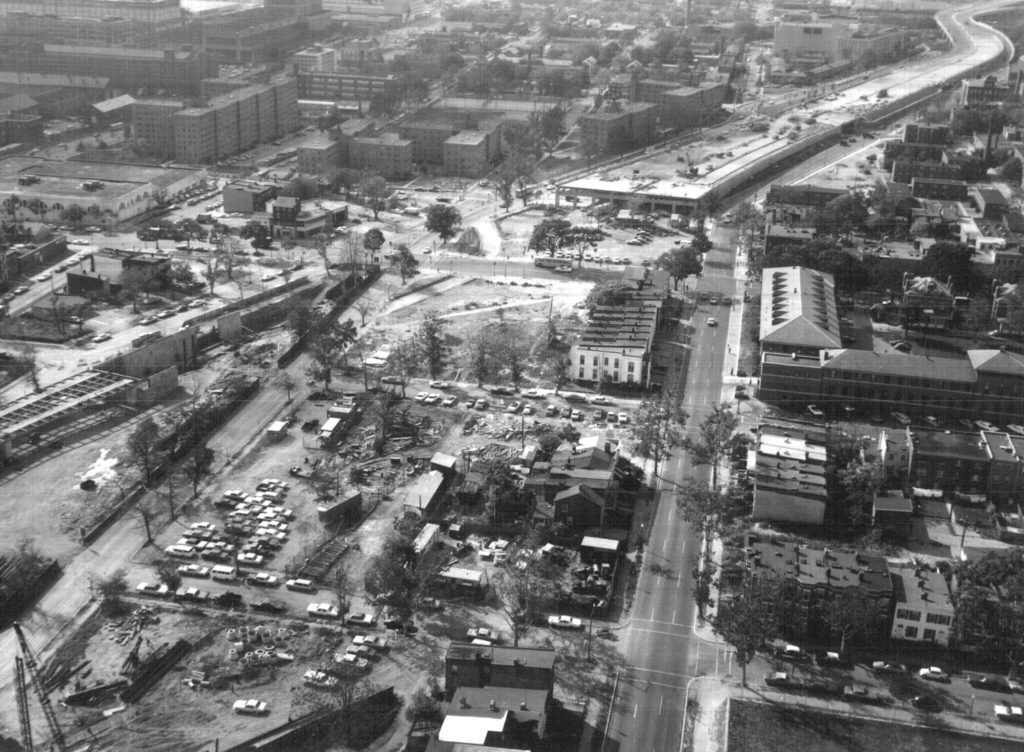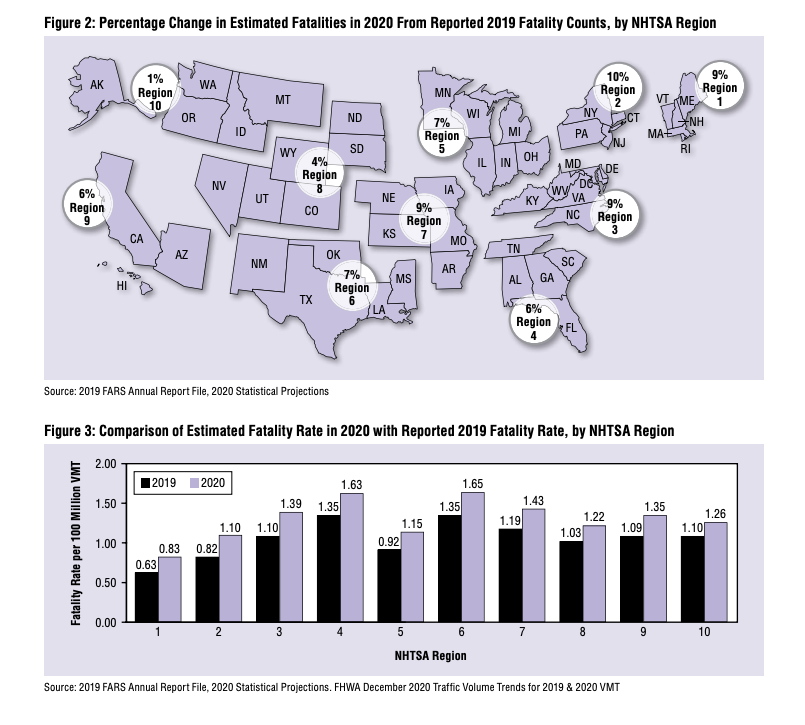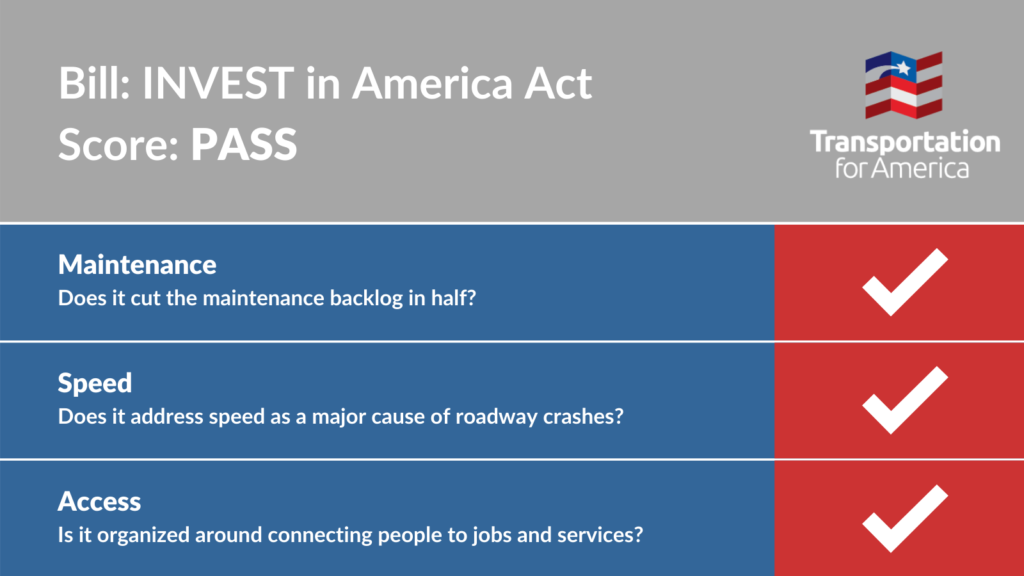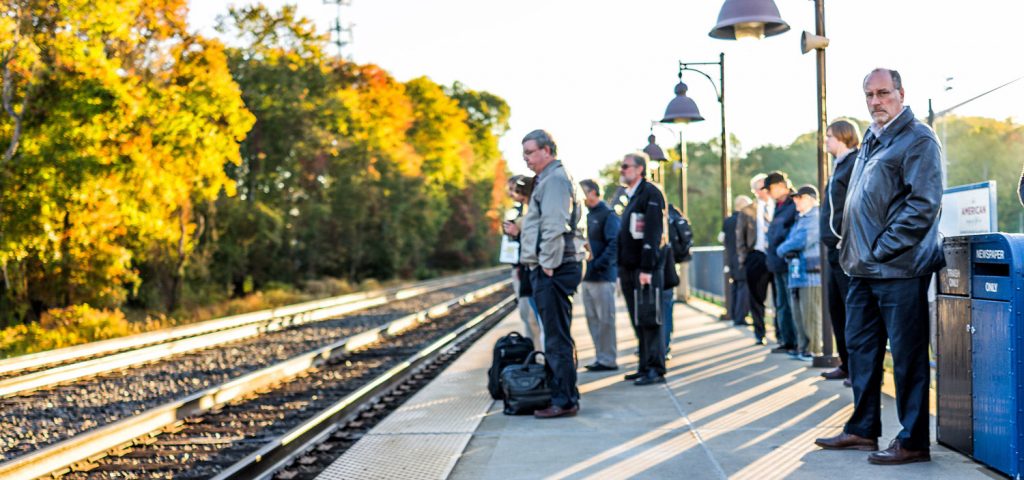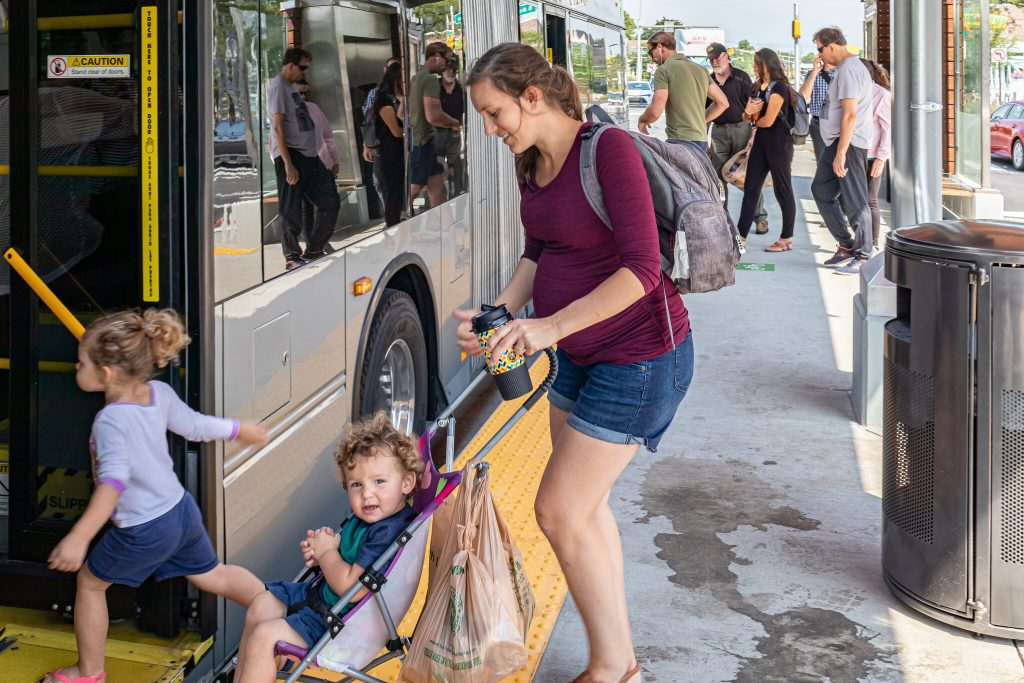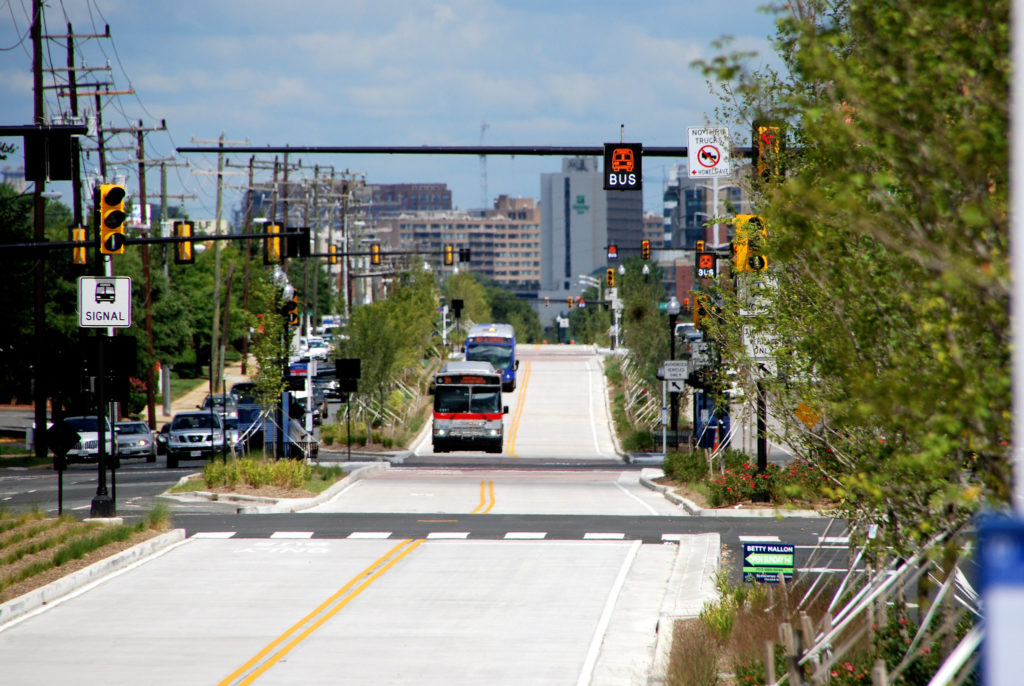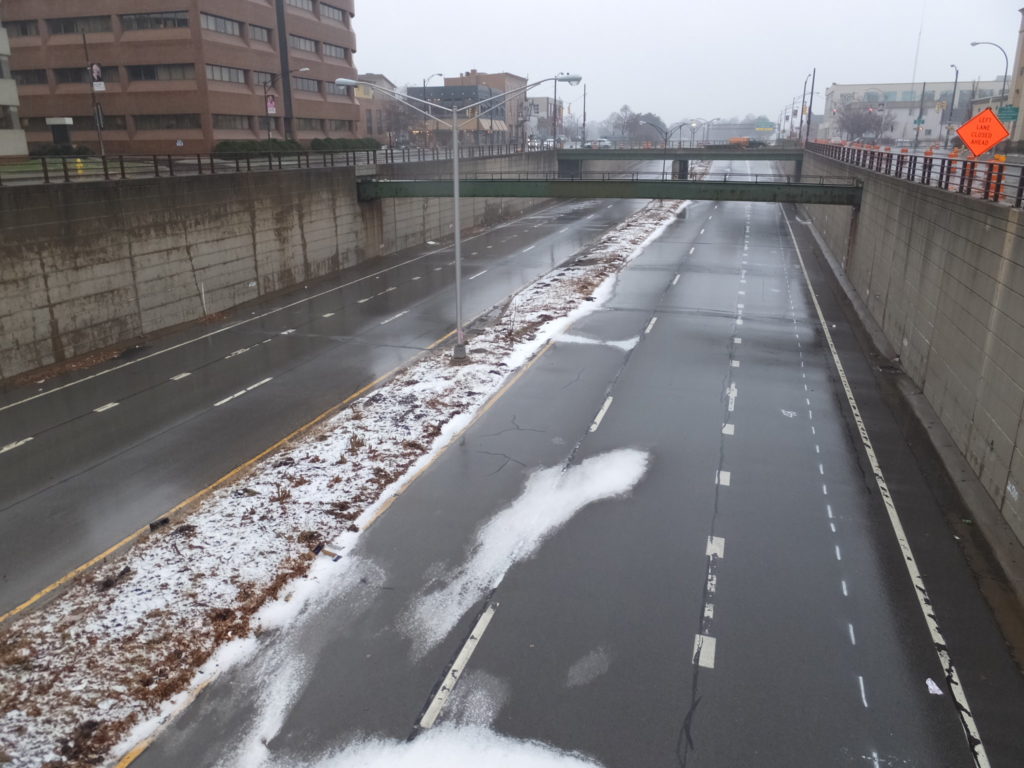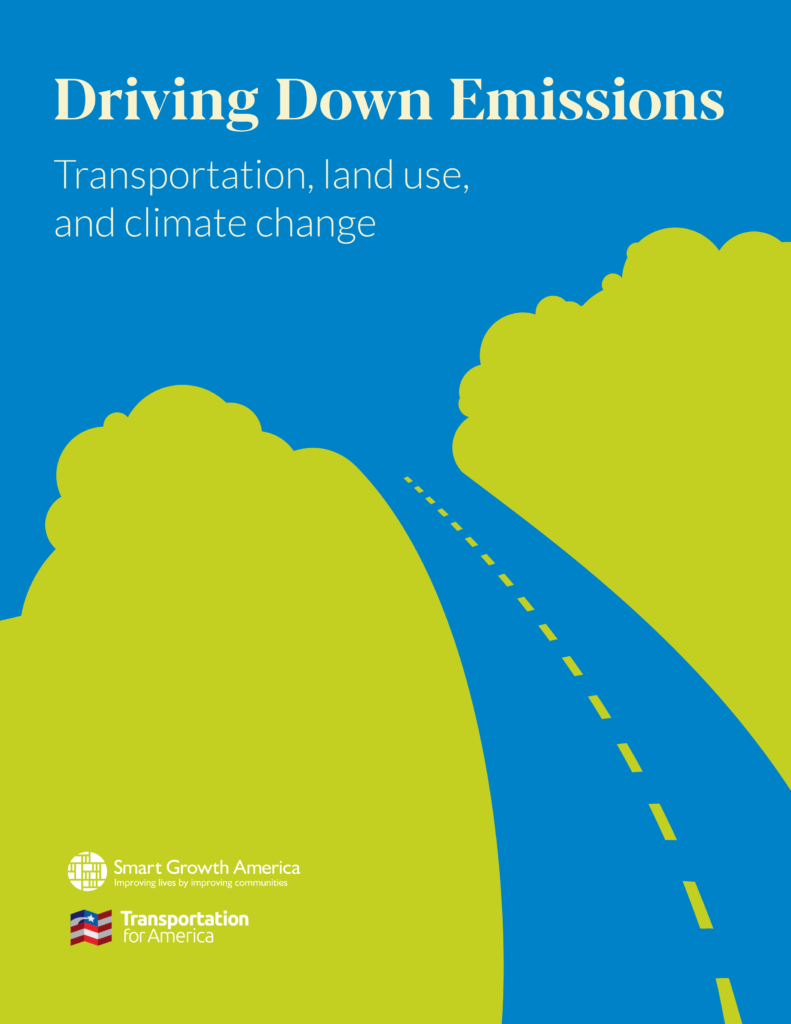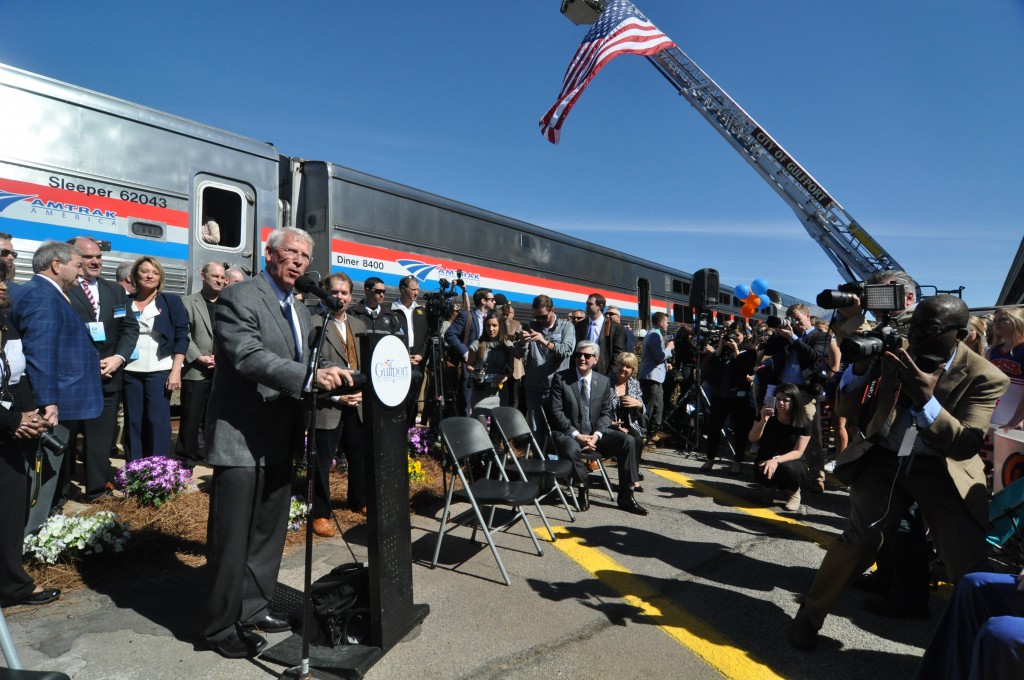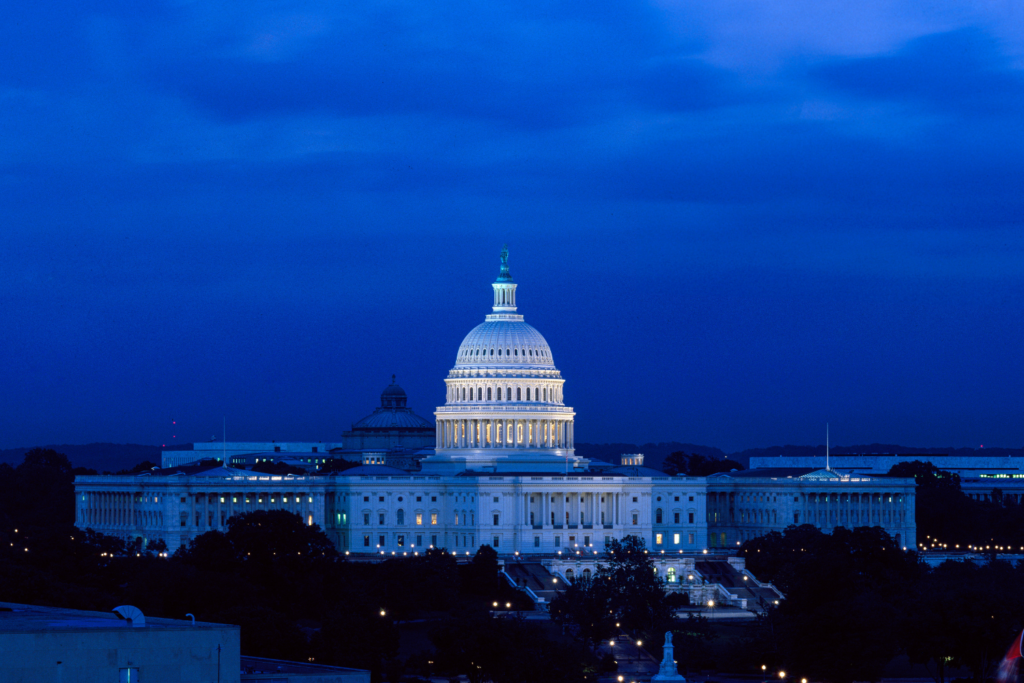

January will bring in a new presidential administration and a new Congress for the run-up to the reauthorization of the country’s transportation law in 2026. Though uncertainty prevails as power and leadership shifts in Washington, there are a few things we’re expecting to see in 2025. Here are five:
- The status quo trade groups will start producing their (typical) wish lists for the next five-year reauthorization
- The trust fund that pays for transportation will inch closer to bankruptcy
- Expect policy moves like ending federal funding for transit, or slowing down transit capital spending
- Discretionary grant programs will fund different winners
- Existing or pending regulations will be repealed or shelved
1. Trade groups will assemble their (typical) wish lists for the 2026 reauthorization
If you can believe it, we’re already nearing the end of the “infrastructure law” passed by Congress in November 2021. The five-year Infrastructure Investment and Jobs Act (IIJA) will expire on September 30, 2026, so the incoming Congress will hold hearings and develop a proposal for the bill to replace it. That means that the big-monied machine of trade groups and interest groups, which count on perpetually increasing federal infrastructure dollars, are already spinning up their efforts.
You can already see some of their letters calling for more funding for the same programs and same results. In the new year, the transportation policy/funding “wish lists” will start to emerge from groups spanning the spectrum from old-guard trade groups like the American Association of State Highway and Transportation Officials (AASHTO), which represents the interests of state DOTs, to groups like the American Highway Users Alliance (founded by GM!), which are primarily interested in building more highways in all places. (Your grandkids can worry about the maintenance.)
AASHTO is already halfway through their timeline for the next reauthorization though one can already predict what they’ll be asking for in the next five year authorization, as it’s changed very little:
- More money distributed to state DOTs through guaranteed formula programs
- More flexibility to states in how those funds are spent
- No requirement to produce any particular outcome — no reward for performing well and certainly no punishment for doing poorly
To be fair, our platform is pretty simple too, but instead of focusing on money, ours is focused on common-sense outcomes that have broad and significant support from the people who depend on our transportation network: Stop expanding at the expense of repair, make safety the actual top priority, and prioritize investing in the transportation we’ve neglected for over 50 years.
Unlike a platform of “give state agencies more taxpayer money without any accountability,” our priorities have broad support with the taxpayers who cover the full cost of this program…which brings us to #2.
2. Without further giveaways from taxpayers, the transportation trust fund will inch closer to insolvency
The most important thing to understand about funding for transportation is that the bedrock idea of “the user pays” for the transportation system through fuel or gasoline taxes has been dead for a long, long time. The federal program currently spends ~$20 billion more per year than the gas tax brings in. Because the gas tax has not changed for more than three decades as the fuel efficiency of vehicles has improved and inflation has reduced purchasing power, the highway “trust fund” has stayed solvent only because we have taken more than $280 billion in extra tax dollars from all Americans since 2008—whether they drive or buy gas or not.
This is why the Congressional Budget Office currently projects that in 2028 the federal government will only bring in enough funding for the Highway Trust Fund to cover a fraction of the transportation program authorized in the IIJA. And it’s why the first thing you’ll hear Congress (and most transportation industry groups) talking about in 2025 won’t be policy, or outcomes, or accomplishing anything specific with this $500B program. Instead, the reverberating refrain will be the need to “find more money.” (We’ll have more on the trust fund in a future post but this short explainer by the Peterson Foundation is a great place to understand the history and where things currently stand. But notice that the cities they list as the most congested are some of the best places.)
The two bookend options for addressing this structural imbalance are:
Take billions more from all taxpayers or rack up debt to prop up a federal program that is failing to move the needle on repairing our crumbling infrastructure, reducing congestion, reducing emissions, and improving safety,
OR
Scale the program down to the size of what the gas tax brings. This second option has been suggested before, including a 2014 proposal by Senator Mike Lee (R-UT) and 28 Senate Republicans to defund the nation’s transportation system—except for a small interstate maintenance fund—and leave it to states to make up for the lost funding.
3. Transit could face significant cuts (only partially because of the looming insolvency)
About 20 percent of the federal highway trust fund goes to transit each year. This 80/20 split was conceived during the Reagan Administration in the 1980s as part of a compromise to raise the gas tax. To get support, a deal was made to devote a portion of the increase to transit and provide stable support. (Imagine a day when members of Congress and advocates would demand bold change in policy and approach before they supported more funding for the existing program.) This funding split has become the historical practice, supported in a bipartisan fashion over the years. But not always.
When the Republicans controlled the House during the Obama administration in 2012, they proposed addressing a funding shortfall for highways by kicking transit out of the trust fund for what eventually became the MAP-21 two-year authorization law in 2012. T4America organized opposition from an enormous spectrum of more than 600 groups, from chambers of commerce to labor, and the proposal was abandoned in the face of bipartisan opposition when it was clear it would fail on the House floor. (However, MAP-21 was only two years long instead of the usual five because there wasn’t enough support for the additional deficit spending needed to cover a longer bill.)
There certainly could be a similar proposal in the next year, though it’s worth noting that this idea did not resurface during the last Trump administration.
Another possible development is a repeat from the first Trump administration: using their authority to call for needless and repetitive studies or analysis to slow down the process of awarding transit funds, costing local communities millions in delays (all while calling for relaxation of federal community protection regulations to speed highway projects). A different Congress could also certainly decide to cut the funding for expanding or building new transit, which is almost entirely discretionary rather than protected like formula programs.
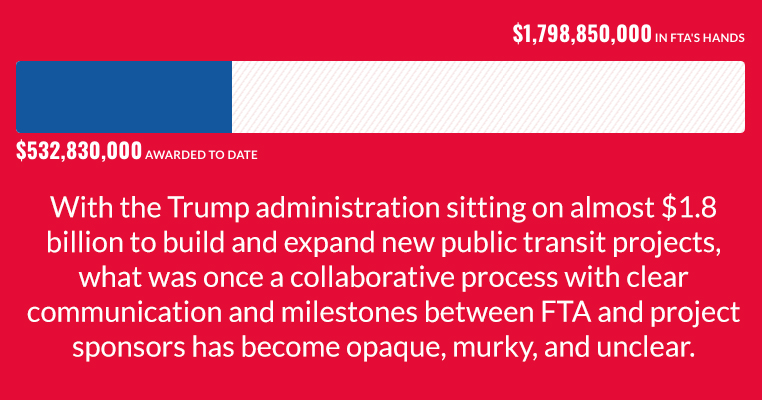
4. Changes to competitive grant programs
Every administration puts their own stamp on discretionary programs by choosing who/where to award them within the criteria created by Congress. For example, during the last Trump admin, the RAISE program shifted toward projects that states could fund but had deprioritized (largely rural road projects and fewer multimodal projects) rather than encouraging more innovative and multimodal projects. This will almost certainly be the case once again.
There has also been some chatter about de-funding some competitive programs in the next Congress, many notable ones are likely to survive as T4America Director Beth Osborne notes in this Q&A with David Zipper from November:
Switching toward highways, Project 2025 proposes terminating competitive grant programs like RAISE that allocate billions of dollars to state and local governments for high-priority projects. How realistic is that?
I don’t think Congress will let the Trump administration get rid of competitive programs, because legislators get so much credit for that spending. Federal formula programs just go to the states, and the states do what they want. But for the competitive grant programs, Congress gets a notification about new awards, and they have three days to do whatever event around them that they wish. Basically, Project 2025 was suggesting that Congress never get credit for federal spending in infrastructure again. Maybe that sounded good to the Heritage Foundation, but there’s a lot of Project 2025 that is divorced from the reality of how anything happens in the real world.
Some are also concerned that grants announced but not locked in by a grant agreement or obligated (meaning legally committed) could be revoked. The Trump Administration might try to do that for grants to projects they don’t support. But to do that, they would have to let the Congressional delegation know that a project they likely announced is now being taken away.
Congress could also look to unobligated funds to pay for the next transportation bill or a tax bill, and this has happened in the past with unspent earmarks. But generally this has occurred only after communities have had many, many years to spend their funding and it has become clear that they are unlikely to get their projects into the ground. One risk is that a Republican Congress decides to defund a program, like the passenger rail program, by saying the funding isn’t moving and needs to be put to a different priority that can use that money now.
5. Administrative actions will stop and change
USDOT has a lot of latitude to create and enforce rules and regulations to improve the effectiveness and safety of the transportation system, so it’s reasonable to expect that many good existing or pending rules will be shelved or reversed.
First, NHTSA’s proposal to create new requirements to finally consider the safety impacts of larger vehicles on people outside of the vehicles is almost certainly not going to be finalized. It will either be pulled completely or weakened. Second, Corporate Average Fuel Economy (CAFE) standards which require more efficient vehicles will likely be frozen or even rolled back. (There are already a number of loopholes which allow automakers to trend toward larger, fuel-inefficient trucks and SUVs.)
And third, while companies are currently testing autonomous vehicles with almost no oversight in several states, we could see a resuscitation of the AV Start Act (read our archives here), the industry-led move to codify that practice into law nationwide. That would usher in widespread testing of autonomous vehicles across the country with almost no guardrails to ensure their safety, no requirement to collect and report data on their performance, no notifications to the public about when and where those tests are happening, and no oversight other than the voluntary oversight of the manufacturers and testers.
There will certainly be some negative developments over the next two to four years that we will need to organize and fight. And some hoped for actions that will not come to pass. But anyone who thinks that Republicans seizing control of the presidency and Congress means only a destructive reauthorization in 2026 fails to understand that past few reauthorizations—including the IIJA—that caused plenty of damage were fully supported by the majority of Democrats and how programmatic changes were put in place by the Biden administration over the last 4 years (check out Fueling the Crisis; additional analysis that will be out in the next few weeks). As we said during negotiations over the IIJA, Democrats and Republicans regularly join forces “to undermine their own goals for the sake of ‘bipartisanship,’ consistently passing bills that make U.S. transportation inefficient, expensive, unsafe, unsustainable and in poor condition. They both favor flexibility and deference over accountability for good outcomes and guaranteeing the taxpayer a good return for their investment.”
There will almost certainly be some negative developments ahead but on the whole, expect the same status quo to prevail. Which is not good news either.




